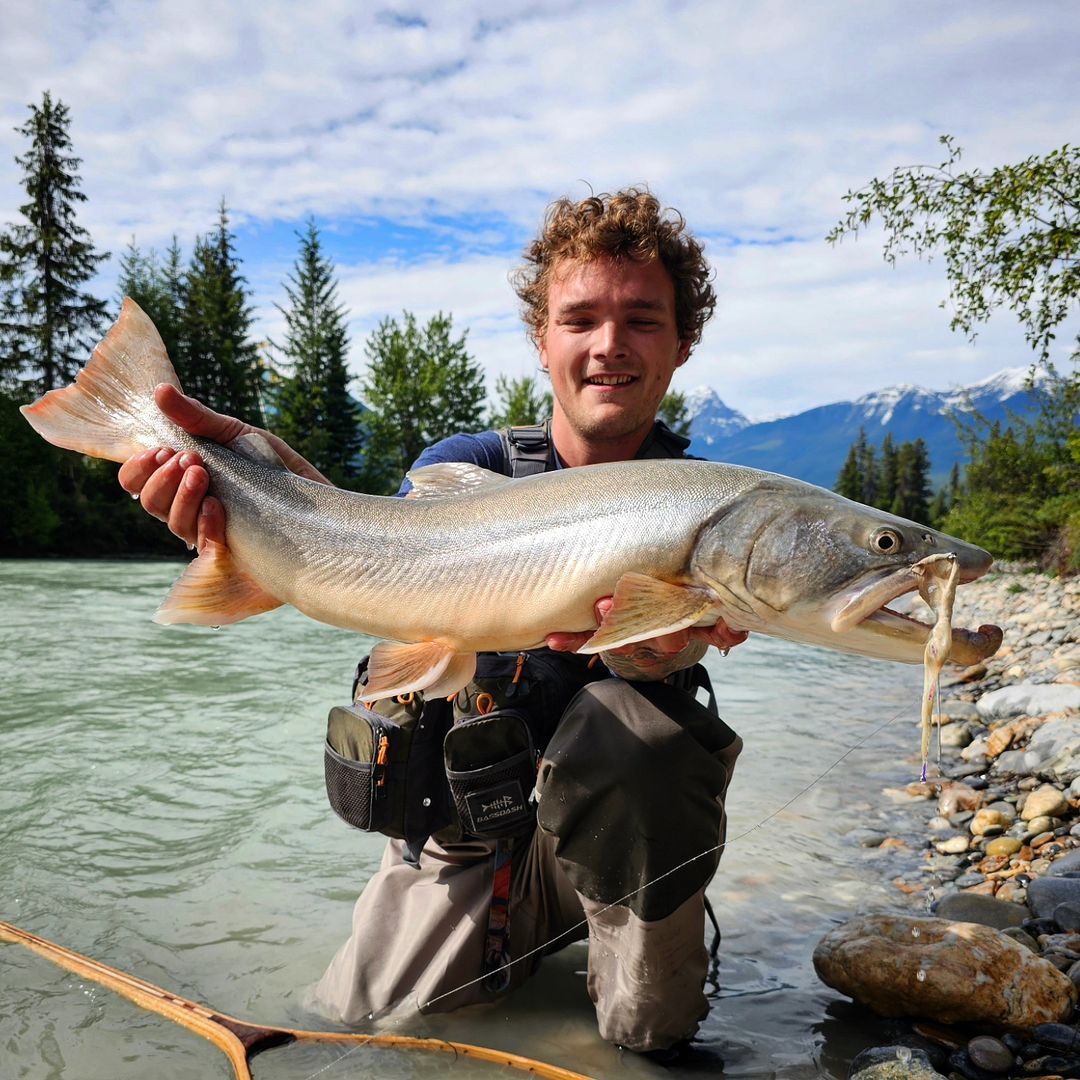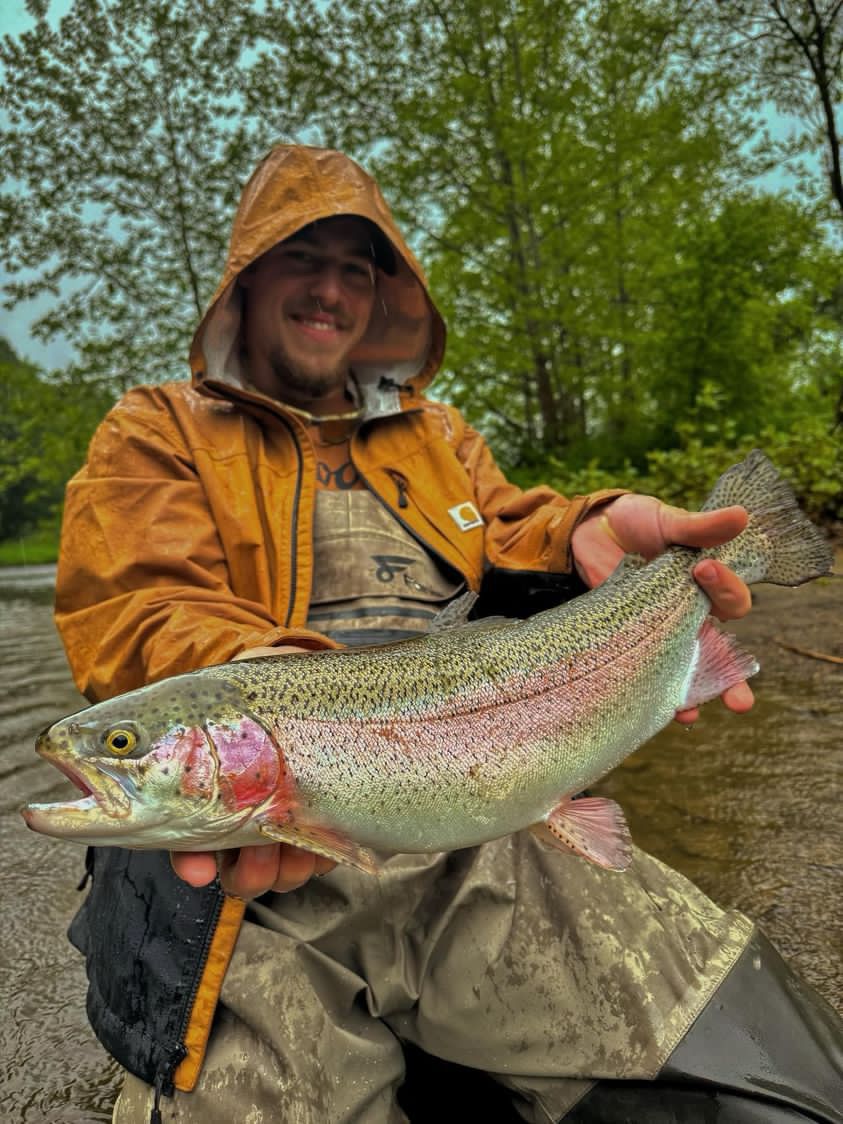
The Impact of Weather Conditions on Trout Fishing !
Trout fishing is a favorite pastime for many anglers. However, successful trout fishing often requires a keen understanding of how weather conditions can impact trout behavior. Knowing how to adapt to these conditions can make the difference between a bountiful day on the water and going home empty-handed. This article explores how various weather conditions affect trout fishing and provides insights on how to maximize your success.
Temperature
Water Temperature: Trout are cold-water fish, and their activity levels are highly dependent on water temperature. The ideal water temperature for most trout species ranges between 50°F and 60°F (10°C to 15°C). When water temperatures rise above 65°F (18°C), trout become lethargic and seek deeper, cooler water. Conversely, if the temperature falls below 40°F (4°C), their metabolism slows down, and they become less active. Fishing early in the morning or late in the evening during the summer can help you find more active trout, while in colder months, fishing during the warmer parts of the day can be more productive.
Air Temperature: Air temperature influences water temperature and can indirectly affect trout behavior. On hot, sunny days, shallow waters can become too warm for trout, pushing them into deeper, cooler areas. Overcast days with moderate air temperatures tend to keep trout in shallower waters, making them easier to catch.
Barometric Pressure
High Pressure: High barometric pressure is usually associated with clear skies and stable weather conditions. Under these conditions, trout tend to be less active and may move to deeper water. Fishing during dawn or dusk can be more effective when high pressure dominates.
Low Pressure: Low barometric pressure often precedes a storm and can lead to increased trout activity. The change in pressure can stimulate feeding, making trout more likely to bite. Fishing right before a storm can be particularly productive.
Wind
Wind Direction: Wind direction can significantly impact trout fishing. A light breeze can create surface disturbance, making trout less wary and more likely to strike. Wind from the west is often considered favorable, while an easterly wind can be less productive. Strong winds, however, can make casting difficult and disrupt feeding patterns.
Wind Speed: Light to moderate winds can improve fishing conditions by creating a ripple on the water's surface, which helps conceal your presence. However, strong winds can churn up sediment and make fishing challenging. In such cases, finding sheltered areas or fishing from a boat can be more effective.
Rain and Cloud Cover
Rain: Light rain can improve trout fishing by cooling the water and adding oxygen, making trout more active. Rain can also wash insects and other food sources into the water, stimulating feeding. However, heavy rain can muddy the water and make it difficult for trout to see your bait or lure. Fishing during light showers or right after a rainstorm can yield good results.
Cloud Cover: Overcast skies can be advantageous for trout fishing as they reduce light penetration and keep the water temperature more stable. Trout are less likely to seek cover from predators and are more inclined to venture into shallower waters to feed. Cloudy days can offer some of the best trout fishing opportunities.
Seasonal Changes
Spring: As water temperatures rise in spring, trout become more active. This is an excellent time to fish, especially in rivers and streams where trout are moving upstream to spawn.
Summer: During the hottest months, trout tend to retreat to deeper, cooler waters. Fishing in early mornings and late evenings when temperatures are lower can increase your chances of success.
Fall: Fall is a prime time for trout fishing as trout feed heavily to prepare for winter. Cooler water temperatures and increased insect activity make this season highly productive.
Winter: Trout fishing can be challenging in winter due to cold water temperatures. However, fishing during warmer days or in areas with warmer water inflows can still be rewarding.
Conclusion
Understanding the impact of weather conditions on trout fishing is essential for any angler looking to improve their catch rates. By adapting your strategies to the prevailing weather conditions, you can increase your chances of success. Whether it's adjusting your fishing times, choosing the right locations, or modifying your techniques, staying aware of how weather affects trout behavior will help you become a more skilled and successful angler.
Happy fishing!

